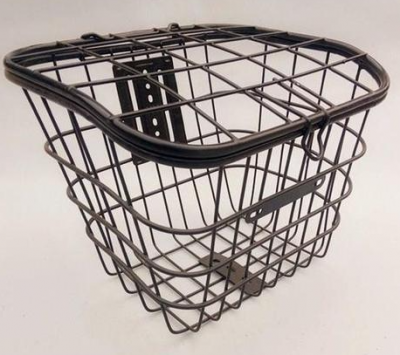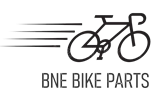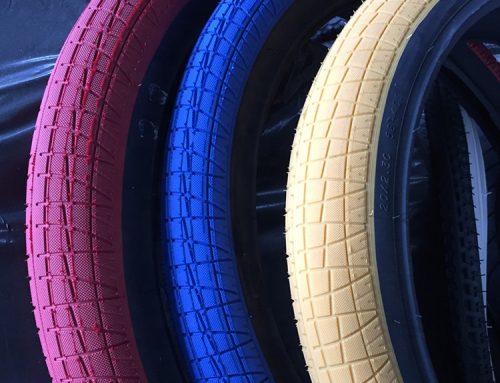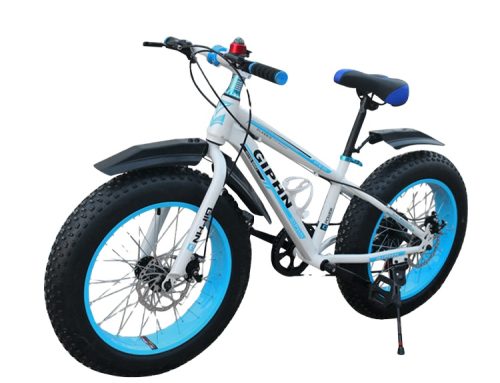Absolutely, saddle shape plays a crucial role in comfort and performance while cycling. Finding the right saddle shape that suits your body and riding style can greatly enhance your overall cycling experience. Here are some key points to consider when it comes to saddle shape and finding the perfect fit:
- Anatomical Differences: Men and women have different pelvic structures, so gender-specific saddles are designed to accommodate these differences. Women’s saddles are generally wider and shorter, accounting for wider sit bones.
- Riding Style: Your riding style dictates the ideal saddle shape. Different riding positions, such as upright, endurance, or aggressive, require different levels of support and pressure distribution. Consider your typical riding posture when choosing a saddle shape.
- Width: Saddle width is crucial for supporting your sit bones. If your saddle is too narrow, it can lead to discomfort and pressure on soft tissues. If it’s too wide, it might cause chafing on your inner thighs. Measure your sit bone width and choose a saddle that matches or slightly exceeds this measurement.
- Length: Saddle length affects your ability to shift your weight while riding. Long-distance riders might prefer a longer saddle that offers more positions to sit or move around. Shorter saddles are often chosen by more aggressive riders who lean forward.
- Cutouts and Channels: Many modern saddles feature cutouts or channels to relieve pressure on sensitive areas and improve blood flow. These features can significantly enhance comfort, especially during longer rides.
- Shape and Curvature: Saddle shape can range from flat to highly curved. A flatter saddle might suit riders who prefer to move around more, while a curved saddle can provide more support in a fixed position.
- Try Before Buying: Whenever possible, test different saddle shapes before making a purchase. Bike shops or manufacturers’ demo programs can help you find the shape that suits you best.
- Personal Comfort: Comfort is subjective and varies from person to person. What works for someone else might not work for you. Pay attention to how your body feels during and after rides, and make adjustments accordingly.
- Bike Fit: Consider getting a professional bike fit that includes saddle analysis. A bike fit expert can help you determine the right saddle shape and make precise adjustments to optimize your comfort and performance.
- Break-In Period: Keep in mind that some saddles require a break-in period. Leather saddles, for instance, might feel stiff initially but will mold to your body over time.
Remember that finding the right saddle shape is a process that may involve trial and error. Don’t be discouraged if you don’t find the perfect fit immediately. By considering your anatomy, riding style, and personal preferences, you can identify a saddle shape that provides the best possible comfort and support for your cycling adventures.





